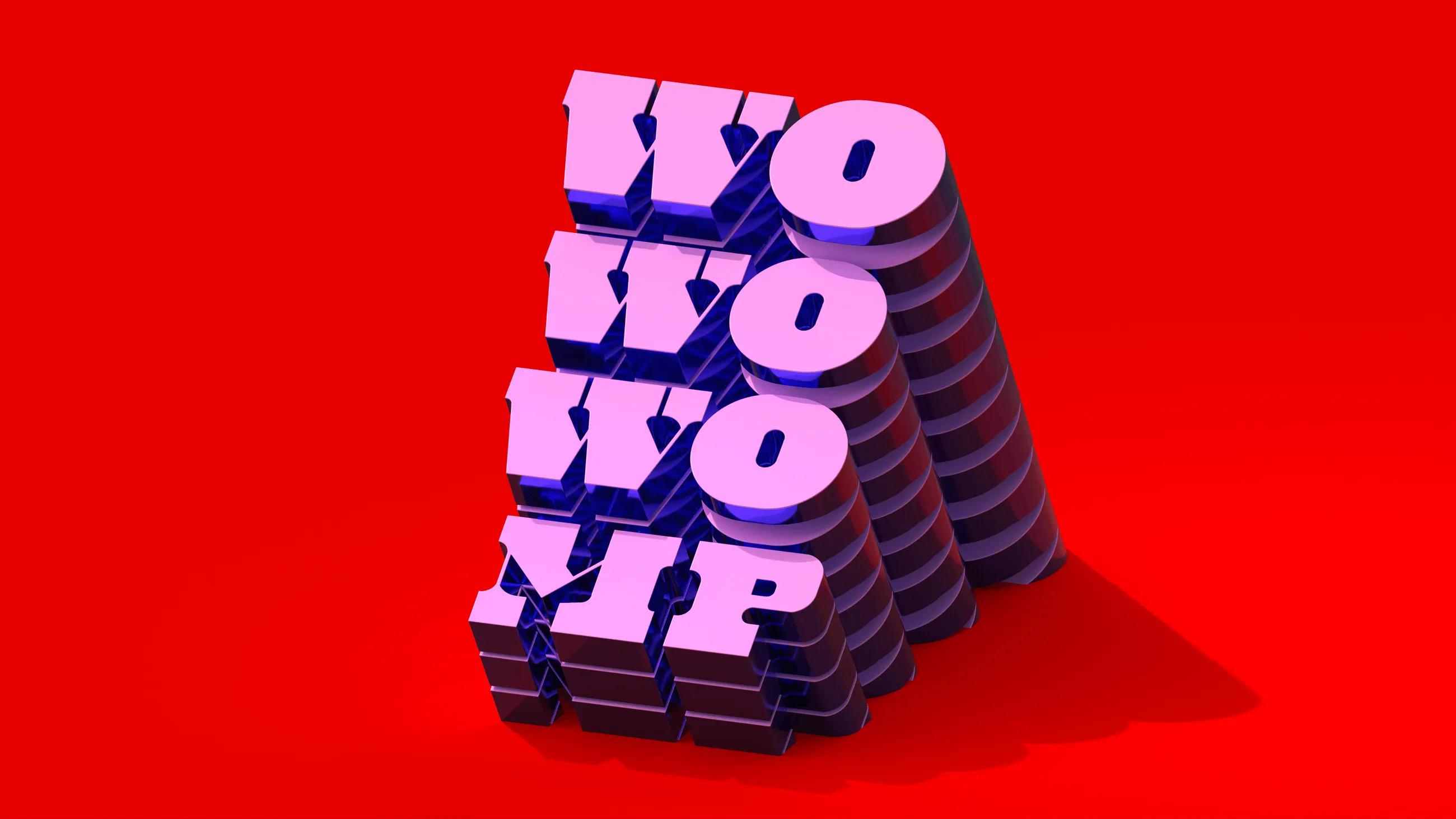
Why is Isometric Design Trending?
One of the main reasons why isometric design is trending is its ability to create a sense of depth and dimensionality. Isometric design allows designers to create complex, three-dimensional objects and scenes, while still maintaining a simple and clean design aesthetic. It’s a happy medium between a completely flat design and a realistic, fully rendered 3D design. This style is visually interesting and engaging, which makes it appealing to viewers and clients alike.
Another reason why isometric design is trending is the increased availability of design tools and resources that make it easier to create. In the past, creating isometric designs required advanced knowledge of 3D modeling and rendering software. However, today, there are numerous design tools, such as Adobe Illustrator and Figma, that make it easier to create isometric designs. Additionally, there are many pre-made isometric design assets available online, which saves designers time and effort.
Isometric Design vs Flat Design
Flat design is a design style that focuses on simplicity and minimalism. It emphasizes the use of bold colors, clean typography, and simple illustrations. Flat design has been popular in recent years because it is easy to understand and communicates information clearly. However, isometric design has become increasingly popular because it offers the same simplicity and minimalism, while still allowing designers to create three-dimensional objects and scenes.
The biggest difference between isometric design and flat design is the use of perspective. Flat design uses a 2D perspective, while isometric design uses a 3D perspective. Isometric design allows designers to create objects that appear to be in a state of motion, with depth and dimensionality. Flat design, on the other hand, focuses on simplicity and minimalism, without the added complexity of perspective.
Benefits of Isometric Design
Creates a sense of depth and dimensionality: Isometric design allows designers to create complex, three-dimensional objects and scenes, while still maintaining a simple and clean design aesthetic. This style is visually interesting and engaging, which makes it appealing to viewers and clients alike.
Versatility: Isometric design can be used in a variety of projects, including branding, web design, print design, and more. Isometric design allows designers to create unique and memorable designs that stand out from the competition.
Great for storytelling: Isometric design allows designers to create scenes and environments that tell a story. For example, an isometric design of a cityscape could tell the story of a bustling metropolis, while an isometric design of a forest could tell the story of a peaceful and serene wilderness.
Isometric art in all forms and shapes (quite literally!):
A 3D isometric room is a cool way to show a space in a simple yet detailed way. It looks like a three-dimensional space, but everything is drawn using straight lines and perfect cubes or rectangles. This style can make your designs look modern and interesting. Here’s a picture of an aesthetic 3D room design created on our easy 3D software - Womp.
Follow this 3D isometric room video tutorial and you can make one in just a few minutes!
If you're interested in isometric design and looking for inspiration, there are many great sources to check out. Here are some of the best ones:
By exploring these sources, you can gain a better understanding of what makes isometric design so appealing and find inspiration for your own projects.
Isometric design is a popular design style that has become increasingly popular in recent years. It allows designers to create three-dimensional objects and scenes while maintaining a simple and clean design aesthetic. Isometric design offers many benefits, including its ability to create a sense of depth and dimensionality, its versatility, and its ability to tell a story. While flat design is still popular, isometric design offers designers a way to create unique and memorable designs that stand out from the competition. If you're a designer looking to try something new and innovative, isometric design is definitely worth exploring.